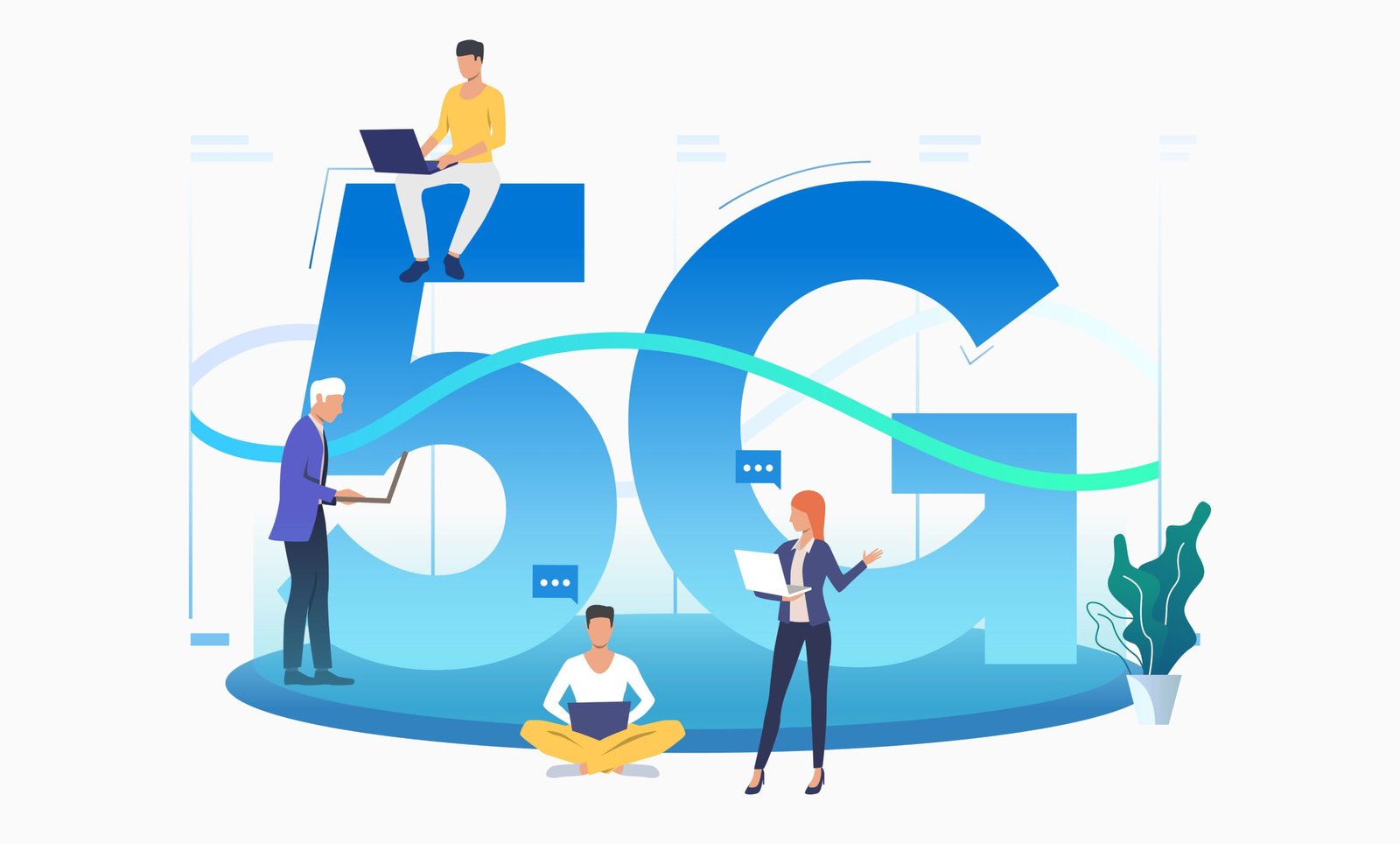Know about the Voiceover 5g Services – More consumer and business use cases will be developed that require high-quality speech services in a 5G world because the Voice is still the king of communication.
Service providers’ standard mobile phone call service on 5G devices is known as “5G voice.” You can make voice calls on your new 5G devices in the same way you have always done on your mobile phone, which is fairly basic from the user’s perspective.
To deliver a high-quality mobile voice service, service providers must consider a wide range of mobile network evolution factors. Voice calls on 5G smartphones, and other 5G devices will be supported by the same network architecture used for 4G voice calls (VoLTE) today.
As part of the 3GPP’s Enhanced Voice Services (EVS), the default voice codec in 5G devices is “HD voice+” (EVS). However, EVS is not required in 4G networks. For 2G to 4G networks, it gives a better speech quality experience than narrowband Voice and HD voice.
It also makes it easier to share music during a voice conversation, such as music announcements while waiting in line at the assistance desk or music from a concert you’re attending with the rest of the group.
Users Benefits:
- HD voice+ provides better speech quality.
- Enhancements to video conferencing quality and the addition of new Voice and messaging services
- 5G broadband services and voice conversations can be used simultaneously.
Service Providers Benefits:
- Early 5G adopters will be satisfied because all smartphones with 5G internet speeds need voice services.
- 5G-specific voice and communication services for businesses will bring in additional income
Voice services must be supported during all stages of the transition to 5G’s mobile network. Today’s 4G voice (VoLTE) IMS (IP Multimedia Subsystem) will also enable 5G voice. With the help of several technical papers, we’ve laid out a roadmap for the evolution of today’s VoLTE-based voice services into 5G, covering everything from the 3GPP standards-based network evolution to Ericsson’s role in commercial deployment. This free download lets you dive into 5G voice’s progress in the mobile network.
An Overview of Voiceover 5G Services:
Voice calls that connect fast, are always clear, and aren’t interrupted or dropped are considered excellent examples of good calls. The importance of Voice will increase, not decrease, as the industry transitions to the 5G era. VoLTE (VoLTE) is a robust basis for Voice over 5G if it is properly optimized.
Read also – Software-development-in-karimnagar
The same IP Multimedia Subsystem (IMS)-based architecture as utilized in Telephony over LTE is mandated by 3GPP standards for 5G voice (VoLTE). If you want to use the same IMS-based voice services, you can use either VoLTE or 5G VoLTE.
5G can only be fully utilized with an IMS core that is cloud-native. Open API support, programmability, network slicing, and automation are all features of the IMS network architecture, which enables it to deliver cutting-edge voice services.
According to Nokia, IMS-based VoLTE is essential for 5G voice services. The company also examines 3GPP deployment methodologies and the distinctions between EPS Fallback and CS Fallback.
Subject areas include:
Trends in the Voice of the world
The IMS voice will take precedence over the CS voice in any situation.
Evolution of the Voice’s fundamentals in the direction of IMS
Sophisticated voice choices for 5G SA
Bundled services from service providers would be nothing without voice communications. Many of the new data services made possible by 5G rely on this technology, which is expected by mobile users.
New 5G technology must have a plan to include Voice into 5G services in order to be a success. VoLTE and Voice over New Radio (VoNR) are supported by an IMS core for voice communications (VoNR). If the operator has previously implemented LTE and VoLTE extensively, the introduction of VoNR is easier.
5G Voice: Operators have two options when it comes to 5G voice.
While 5G eMBB services are offered via 5G Radio and the upgraded LTE/EPC, the operator can rely on the VoLTE network, which includes LTE Radio, EPC, and IMS, to deliver Voice for 5G consumers when no 5G Core is implemented.
It is possible to employ Voice over 5G Core and IMS to deliver 5G use cases, whereas Voice over NR is used to deliver NR use cases.
The voice core transition to IMS, which began with LTE, will be completed with 5G. The key to this development into new industry sectors will be an open collaboration with several developers in the extended voice ecosystem.
Voice over New Radio (VoNR) and the Evolved Packet System (EPS) Fallback are all choices for 5G voice calls (NR). Only a software modification is required to support EPS Fallback and Voice over NR in the 5G system, which is the same IMS that can be used in any solution.
